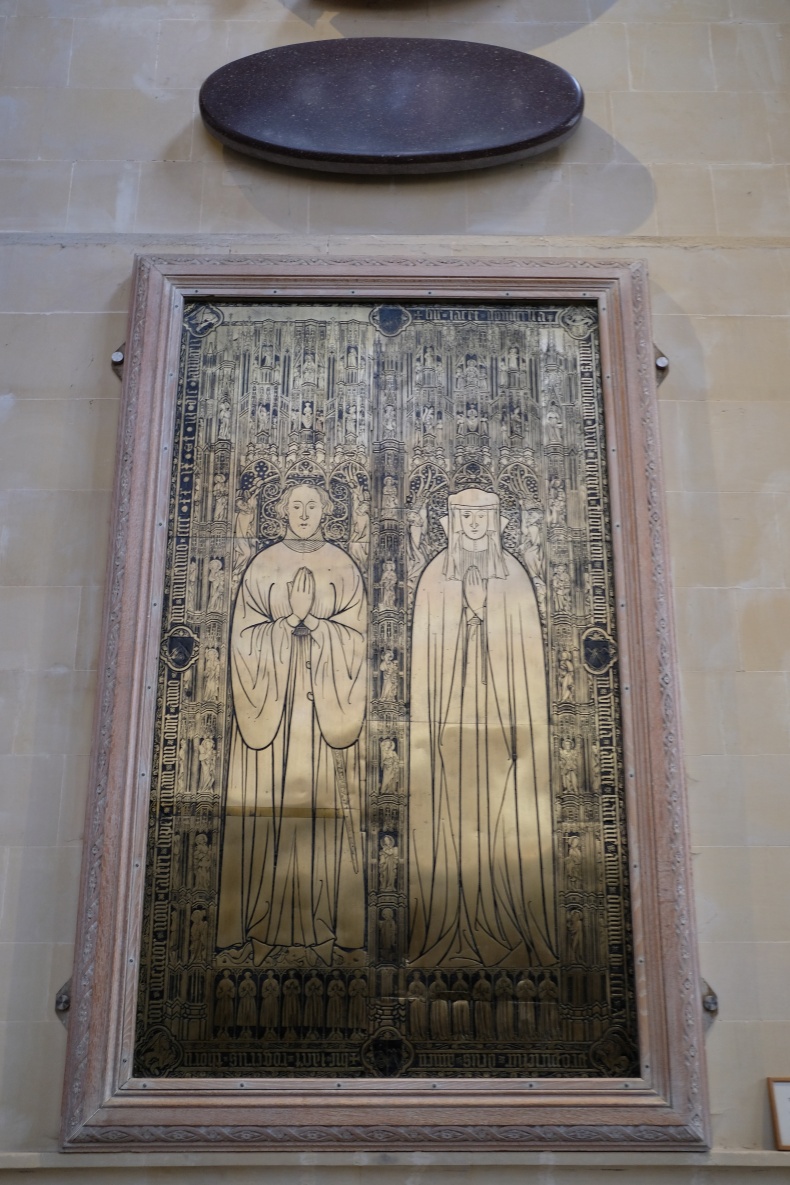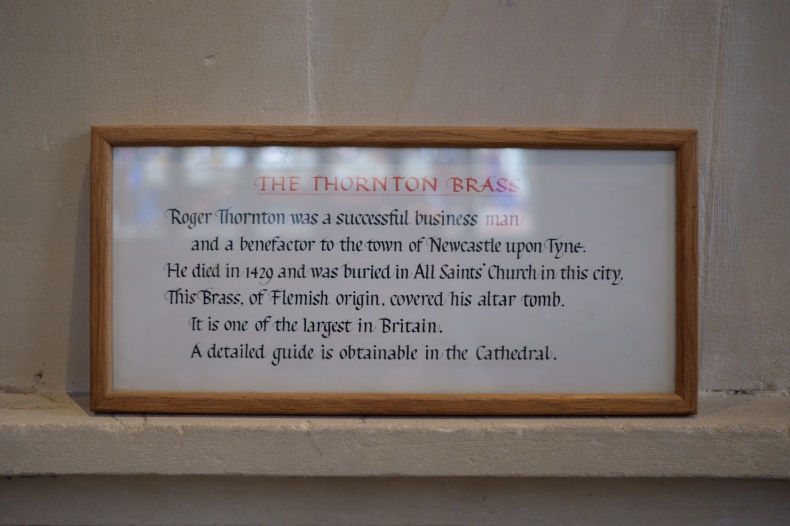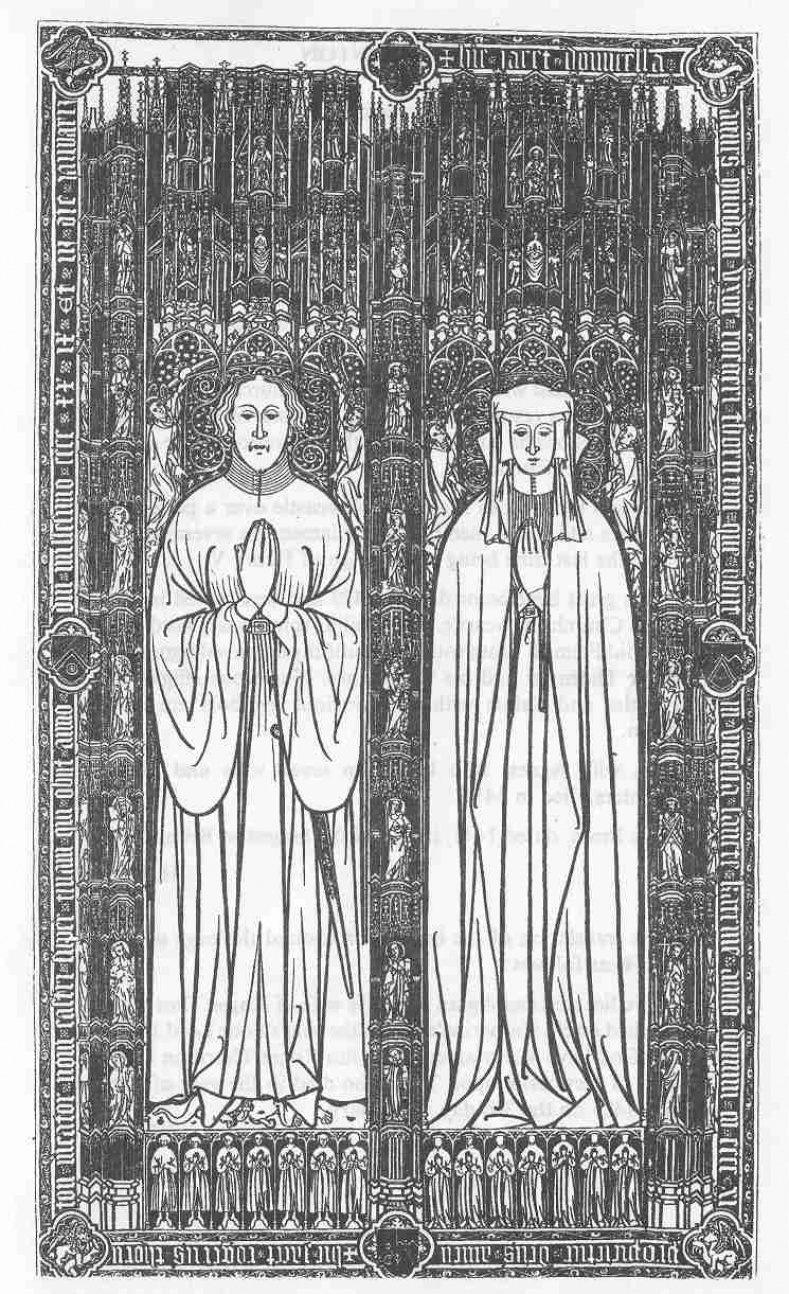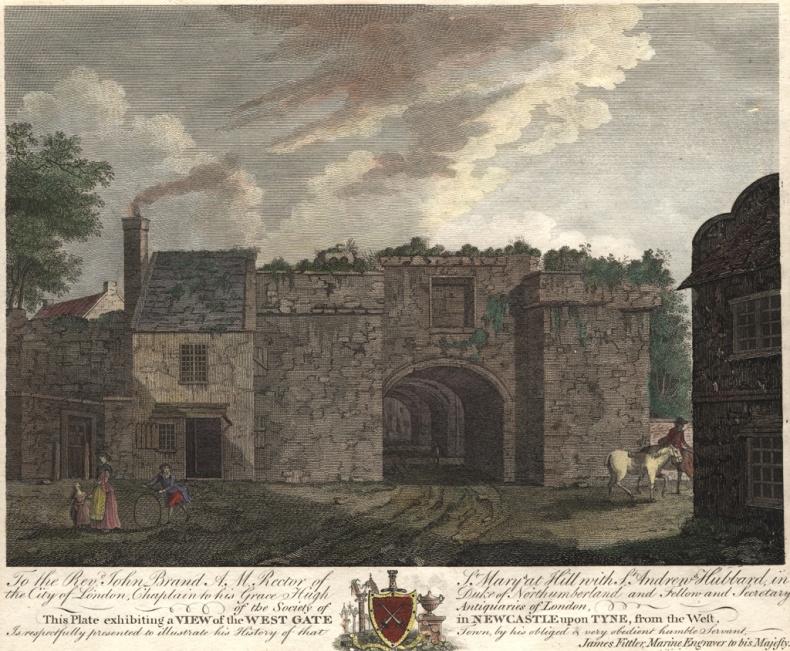



Thornton, Roger
1370-1430
Merchant
Thornton was born to a wealthy merchant family that had established itself in Newcastle around 1370. His older brother, John, had several offices in Newcastle for exporting cloth and leather. However, it was the younger brother, Roger, who established an international trading empire, helping define Newcastle economically and politically in the 15th century.
He began his career in wool and gained a reputation for exporting in large quantities. In 1400 he gained a royal license to export 2,000 sacks of wool to Flanders. The order was so large that wool was purchased beyond the river Tees and much of the product rotted on Newcastle Quay. He received a further licence to export 600 ‘sarplars’ (bale weighing 2,240 pounds) of wool in 1408, and another for 2,000 sacks in 1410. These were huge amounts and Roger was able to single-handedly challenge the monopoly on wool export held by the Calais Merchants. Wool was a major component of the English economy at the time so Roger was frequently brought to royal attention.
Roger was involved in almost every economic activity in the North East. He leased several lead mines from the Bishop of Durham and began exporting lead to Europe. From the same mines, he produced, exported and crafted silver products. He bought property in Schiedam, Holland, to establish a direct route from Newcastle to Europe. In 1422 he contracted to export 100 keels of coal to London. He established himself in both coal mining and shipping and bought property on Seacoal Lane in London.
Roger was not only one of the most successful merchants in Newcastle, but he was also one of the most politically active. He was a member of the Probi homines, the group of twelve worthies who selected Newcastle’s MP. He was mayor nine times, a Collector of Customs, Collector of Portage, Collector of Taxes, Town Bailiff, and was later elected to be Alderman of the town. Perhaps his greatest service to the town, however, occurred in 1405 when he helped successfully defend the town during the Earl of Northumberland’s revolt against the King.
Roger spent 1000 marks defending the town in 1405, but as a deeply religious man, he supported causes providing relief to the poor and sick throughout his life. He founded a chantry in Newcastle’s All Saints Church, gifted the East Window to St. Nicholas’s, and for Newminster Abbey he donated the lead necessary to construct a new roof.
He is best remembered, however, for the foundation and support of the Maison Dieu, the ‘House of God’, founded in 1412. The hospital was situated at Sandhill to the east of the Guildhall in the centre of Newcastle for the relief of nine poor men and four poor women. Dedicated to Saint Catherine, the hospital provided relief for the poor, for travellers, and assisted the town in times of disease. The hospital survived until the 1580s, having been maintained as an Almshouse. Eventually, the property was bought from the Thorntons family and used as the town hall and Merchants court, a precursor to the Merchants Venturer’s Hall, which still stands.
St. Catherine’s was clearly one of Roger’s prized achievements. He granted large tracts of land, particularly Byker Manor to provide an annual income to the hospital which he also supplemented with £7 pa. This was the equivalent of £4,289 in 2017 money or a year’s income for a skilled tradesman in 1400. In his will, Roger established a foundation for the hospital and carefully picked trustees to continue his work. He left £20 to the foundation upon his death in 1430.
References
Lomas, R. (1992). North-East England in the Middle Ages, Edinburgh: John Donald Publishers Ltd. pp. 315, 468.
Roskell, J.S., Clark, L. & Rawcliffe, C. (eds). (1993). The History of Parliament: The House of Commons 1386-1421, London: Boydell and Brewer.
Tuns to litres. Available here (Last Accessed: 23/05/2018).
Middlebrook, S. (1950). Newcastle: Its Growth and Achievement, Newcastle: Newcastle Journal and North Mail. pp. 39, 57, 59, 80, 157.
Maison Dieu. Available here (Accessed: 23/05/2018).